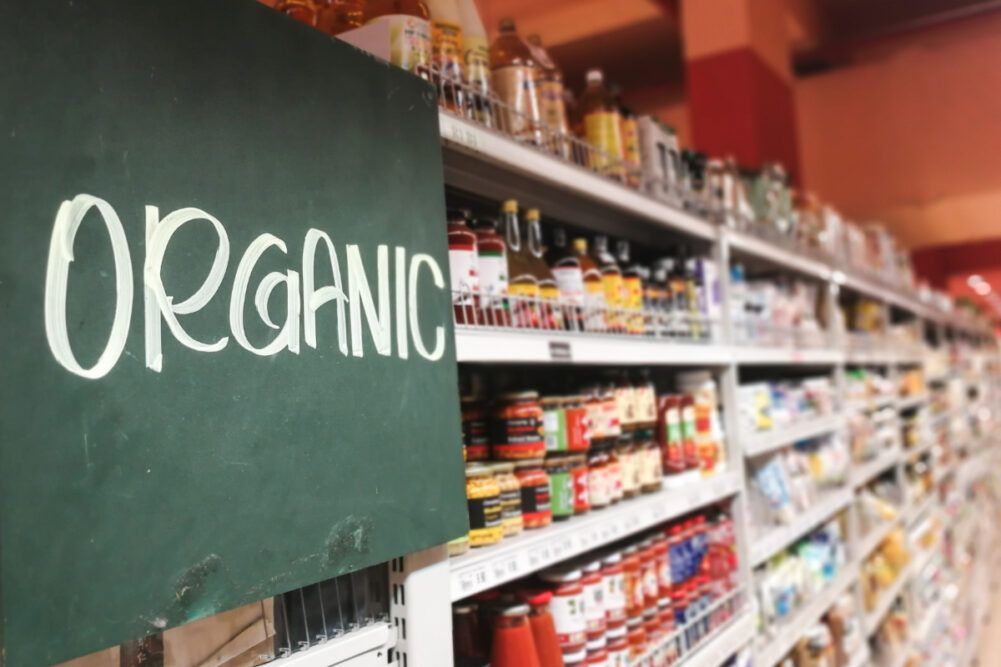Thinking Past Meat and Milk: Where Retail Buyers Are Finding Their Next Plant-Based Wins
How Category Expansion and Smarter Curation Are Fueling the Future of Plant-Based Sales
For the better part of a decade, “plant-based” in the retail space meant two things: alt-meat and dairy-free milk. While these legacy categories remain essential, they are no longer the center of the plant-based universe.
Today’s most forward-thinking retail buyers are shifting their gaze toward a new generation of plant-based offerings—those that align with snacking habits, convenience culture, functional wellness, and global flavor exploration. The modern shopper isn’t just avoiding meat or milk—they’re seeking plant-forward options across their entire cart.
Let’s take a tour of the new plant-based hotspots gaining shelf space—and consumer loyalty.
Beverages: Where Function Meets Flavor
Plant-based beverages are no longer limited to almond or oat. From protein-packed pea blends to mushroom adaptogen elixirs, drinks are quickly becoming a wellness ritual for consumers seeking more than hydration.
Emerging standouts include:
-
Ready-to-drink smoothies with clean-label ingredients and no added sugar
-
Functional tonics powered by turmeric, ginger, and apple cider vinegar
-
Prebiotic and probiotic sodas that are disrupting legacy carbonated brands
Retail Tip: Position plant-based beverages in both wellness and grab-and-go coolers to increase basket size and cross-shop discovery.
Sauces & Condiments: Small SKU, Big Punch
Plant-based condiments are having a flavor-forward renaissance. No longer niche, today’s offerings serve as essential pantry items for flexitarians and vegans alike. Think: creamy vegan ranch, plant-based aioli, nut- and seed-based dressings, and dairy-free pestos with complex flavor profiles.
Shoppers now expect their sauces to meet multiple criteria: allergen-friendly, functional, and delicious.
Retail Tip: Cross-merchandise condiments with meal kits, frozen foods, or plant-based proteins for inspiration-driven basket building.
Frozen Meals: The Rebirth of Convenience
Gone are the days of frozen plant-based entrées being boring or overly processed. A new wave of brands is creating globally inspired, chef-crafted meals that are heat-and-eat and dietitian-approved.
Rising formats include:
-
Global grain bowls and plant-based curries
-
Stuffed pastas and dairy-free lasagnas
-
Veg-forward pizzas with cauliflower or legume-based crusts
Retail Tip: Expand plant-based frozen assortments to include multiple cuisines and protein types—today’s consumer wants variety and authenticity.
Snacks: Where Curiosity and Clean Labels Collide
Snacking is no longer a guilty pleasure—it’s a wellness strategy. Plant-based snacks are redefining this category with protein-forward innovations, adventurous flavors, and new textures. Think chickpea puffs, seaweed crisps, fruit-and-nut bars with functional boosts, and dairy-free jerky made from mushrooms or jackfruit.
Snack buyers are especially key in capturing younger demographics, as Gen Z expects snacks that align with both their values and cravings.
Retail Tip: Create plant-based snack destinations near checkout or in endcaps with callouts like “Powered by Plants” or “Snack with Purpose.”
Pantry Staples and Baking: The Quiet Revolution
Plant-based pantry goods are a stealthy growth engine. As consumers cook more at home, demand is surging for items like vegan bouillon, egg alternatives, baking mixes, and plant-based spreads. Products that deliver convenience without compromise—especially those with regenerative or local sourcing stories—are winning loyalty.
Retail Tip: Integrate these items into regular shelf resets, not just specialty sections—normalization drives adoption.
Curation Is the Key
For buyers, the opportunity is clear: plant-based is no longer a category—it’s a product feature across every aisle. The challenge lies in knowing which brands offer differentiation, and how to bring those stories to life in the store environment.
Curating with intent—balancing taste, function, cultural relevance, and storytelling—is how today’s retail leaders are unlocking new consumer segments and long-term category growth.

